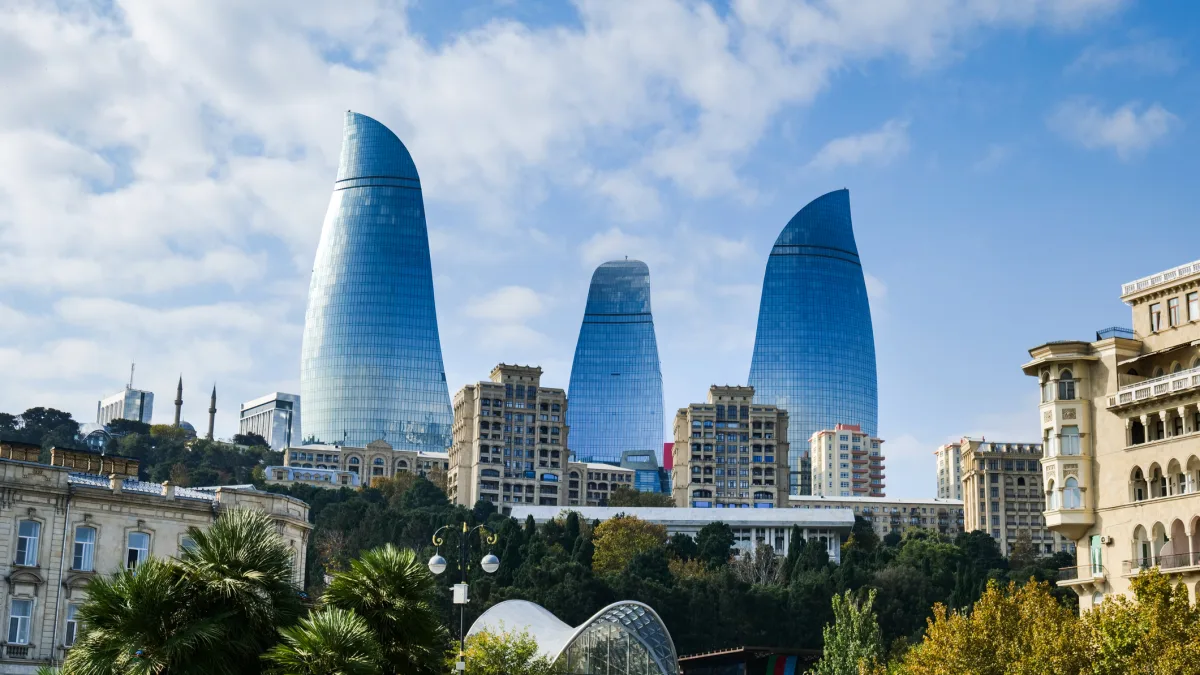Europe’s Digital Markets Act (DMA) was meant to guarantee fair competition and protect consumers, but today it risks stifling innovation, infringing on property rights, and fuelling transatlantic tensions. The DMA needs amendments—fast.
Unless Brussels inserts 24-month sunset clauses, shifts toward evidence-based enforcement, and incentivises voluntary data portability, Europe will lock in incumbents, deter future challengers, and undermine its own promise of freedom. Policymakers must act now to recalibrate the DMA before it gums up the digital landscape and drives innovation and investment elsewhere.
Europe has long prided itself on marrying economic dynamism with a robust social safety net. From the welfare state to ambitious environmental directives, Brussels has demonstrated regulation can foster prosperity without sacrificing fundamental freedoms.
Yet when Brussels shifts from encouraging social innovation to dictating the very architecture of digital platforms, alarm bells should sound. Brussels risks stifling personal and commercial liberties risk in the name of fairness.
The DMA, adopted in November 2022 and enforced in March 2024, imposed rules in advance on a select group of ‘gatekeepers’, requiring giant platforms to eliminate self-preferencing, open interface, and even permit alternative payment systems.
Initial euphoria over consumer protection is giving way to hard questions about innovation, property rights, and Europe’s capacity to attract the very companies it aims to regulate.
A philosophical shift
At its core, the DMA represents a profound philosophical shift. Traditional antitrust law waits for abuse to materialise after harm is demonstrably done to consumers or competitors. In contrast, the DMA prescribes how platforms must be built, effectively appointing bureaucrats in Brussels as digital architects.
The first casualty has been innovation. Gatekeepers such as Meta, Apple, and Alphabet have publicly disclosed that they diverted hundreds of millions of euros into legal teams, engineering task forces, and managerial resources simply to retrofit existing systems for DMA compliance.
Where once internal roadmaps prioritised new features like machine-learning algorithms, augmented-reality tools, and green-energy initiatives, those same roadmaps now await Brussels’ blessing on every API change or interoperability protocol.
Preliminary data suggests average feature rollout times for gatekeepers have slowed by nearly a quarter, as development teams scramble to satisfy dozens of ex ante mandates. In pursuit of a prescriptive, one-size-fits-all approach, Europe risks strangling the very innovation it promised to nurture.
Equally troubling is the DMA’s intrusion on property rights and user privacy. Forcing a company to open proprietary code or redirect users to third-party payment providers amounts to an involuntary surrender of intellectual property. Consider Apple’s formal appeal in April 2025. The company argues mandating sideloading on iPhones will inevitably expose users to unvetted, potentially malicious software.
A retreat from Europe?
In liberal terms, compelling a firm to reveal its ‘secret sauce’ contradicts any notion of voluntary exchange. Consumers may gain the theoretical option to download from alternate app stores, but the practical outcome has been a fractured ecosystem in which smaller developers maintain separate EU-specific codebases just to dodge potential litigation.
Users now juggle multiple storefronts, each governed by different vetting standards, a paradoxical outcome which undermines both security and genuine choice. Rather than levelling the playing field, the DMA’s property-rights invasion may drive developers and innovators to retreat from Europe entirely, fearing perpetual litigation over code they have no incentive to share.
On the geopolitical stage, the DMA has fuelled a transatlantic rift at precisely the moment when US lawmakers are debating their own antitrust reforms. In early 2025, senior officials in Washington threatened retaliatory tariffs on European goods, particularly high-end automobile exports, if Brussels did not moderate DMA fines against American tech firms.
Such brinkmanship has added a layer of uncertainty for any US ‘gateway’ firm contemplating a relocation or expansion in Europe. Maintaining dual codebases, one for DMA-compliant EU runs and one for less-regulated US markets, now doubles engineering overhead costs. For many companies, the calculus is stark: invest in Southeast Asia or Latin America, where local regulators prefer post hoc enforcement, rather than pour resources into a binary choice between EU and US rules.
As a result, boardrooms are quietly discussing ‘regional hubs’ outside the EU, whether in the UK, Switzerland, or even Dubai, where digital laws remain more flexible. The ambition of making Europe a digital powerhouse is at risk as companies weigh the cost of perpetual DMA audits against the potential for political backlash on both sides of the Atlantic.
What can be done?
If Europe genuinely seeks open, competitive digital markets without repelling the companies it aims to tame, it must reshape the DMA’s rigid structure. First, every ex-ante obligation should carry a sunset clause of 18 to 24 months, after which renewal would depend on clear, updated evidence of consumer harm. This approach would preserve the carrot-and-stick dynamic.
Second, rather than blanket API-opening mandates, Brussels should invest in fast-track digital courts staffed with technologists who can adjudicate real-world anticompetitive conduct based on pre-advised EPRS briefings. This targeted, evidence-based enforcement would focus on consumer welfare metrics rather than firm size alone.
Finally, Brussels must pursue a coordinated US-EU framework where antitrust thresholds and enforcement guidelines are harmonised, reducing the risk of contradictory edicts which leave companies stranded between two regulatory worlds. In other words, rather than trying to reinvent the wheel on antitrust in order to boast about ‘world-first’ regulations, Brussels should stick to the regulatory norms which already exist.
Above all, Brussels must insert a 24-month sunset clause into every DMA obligation immediately. Without that flexibility, Europe risks locking in today’s incumbents, who alone can absorb the compliance burden, and shutting out tomorrow’s challengers. The DMA’s intentions are laudable: to foster contestable, fair digital markets. But in practice, its one-size-fits-all ex-ante controls are already inflating costs, chilling innovation, and straining transatlantic relations.
If Europe truly values freedom, both personal and commercial, it must recalibrate the DMA before these rules fossilise innovation for a decade to come. Only then can Brussels balance its welfare-state ethos with a digital policy which empowers, rather than encumbers, the next generation of European and global tech champions.
Photo: Dreamstime.







